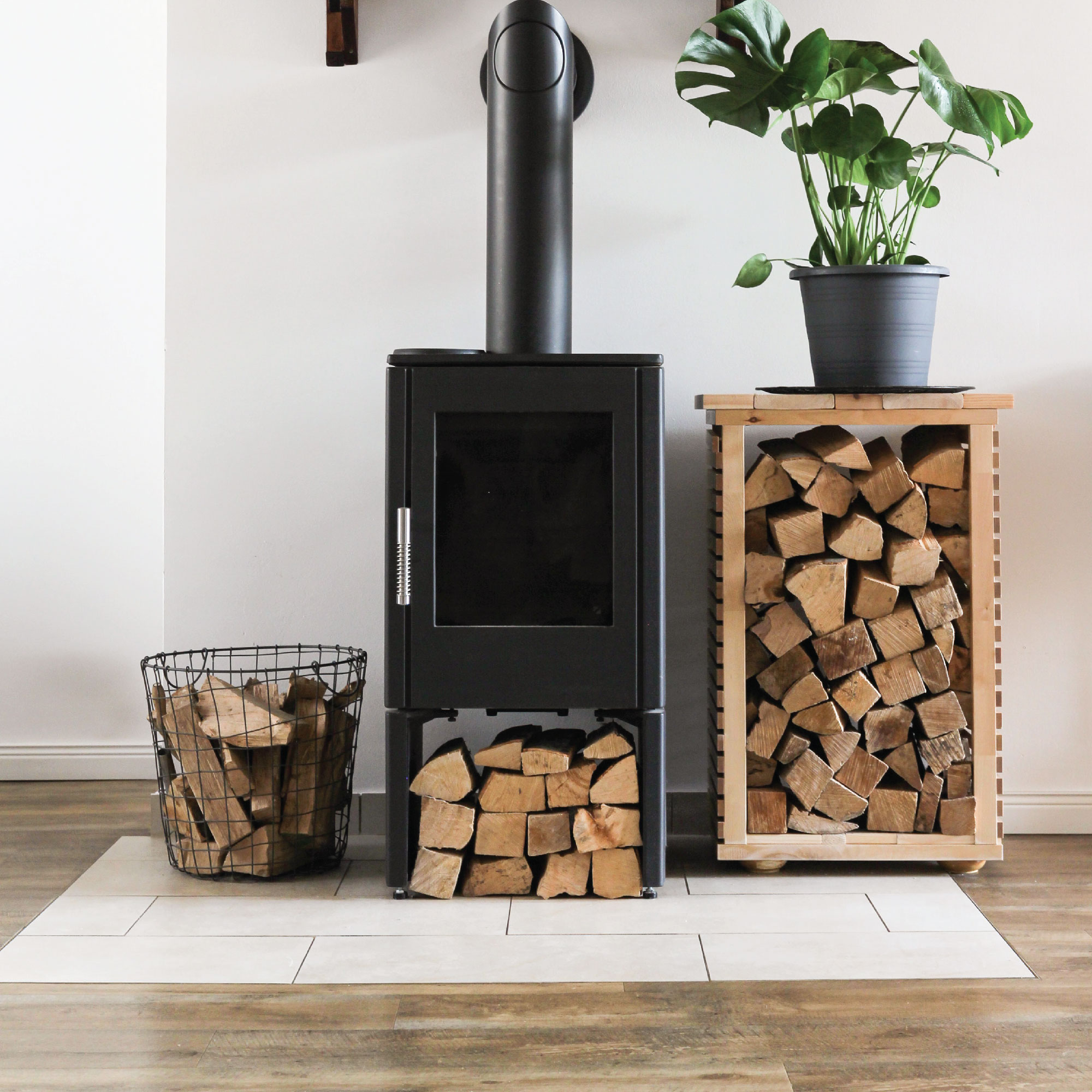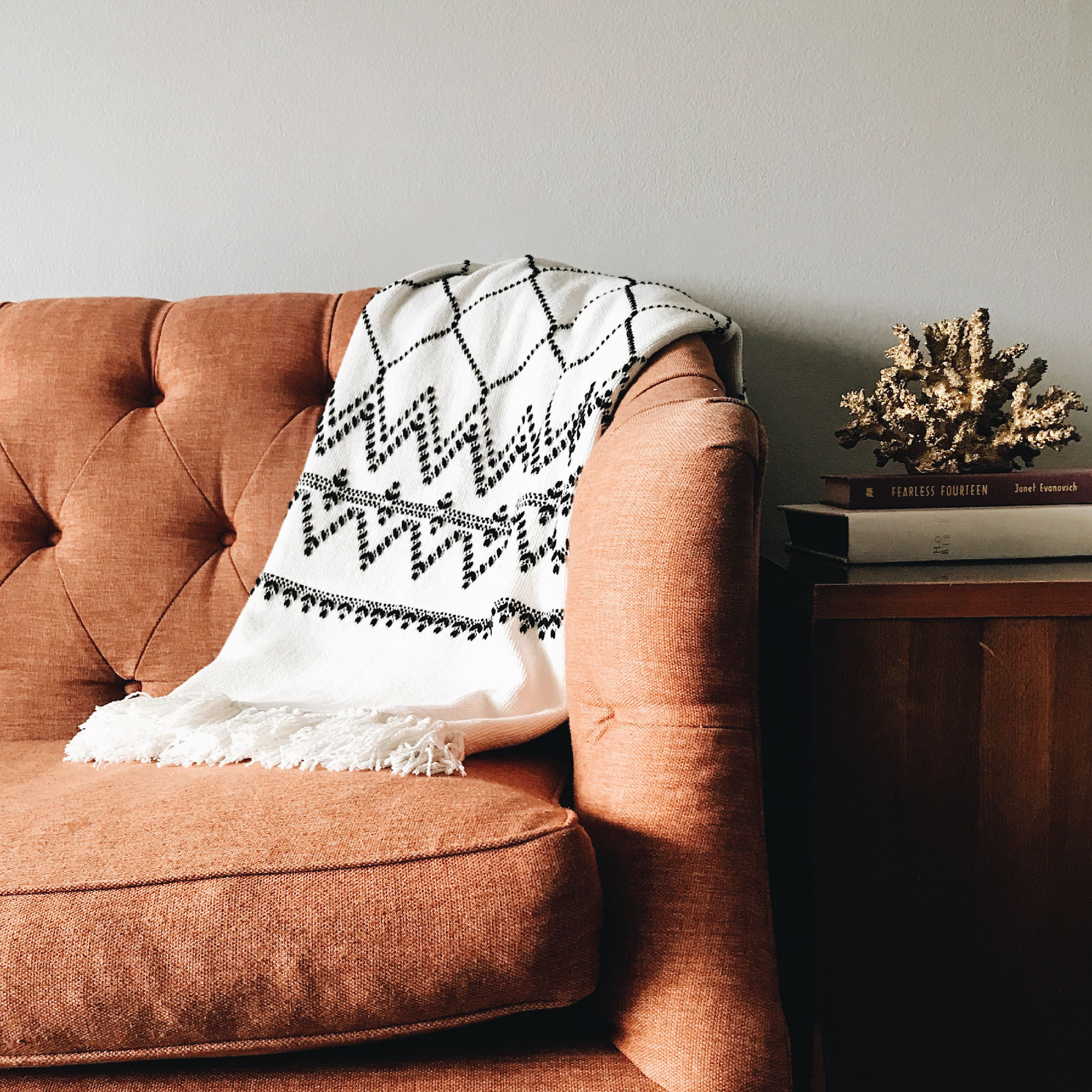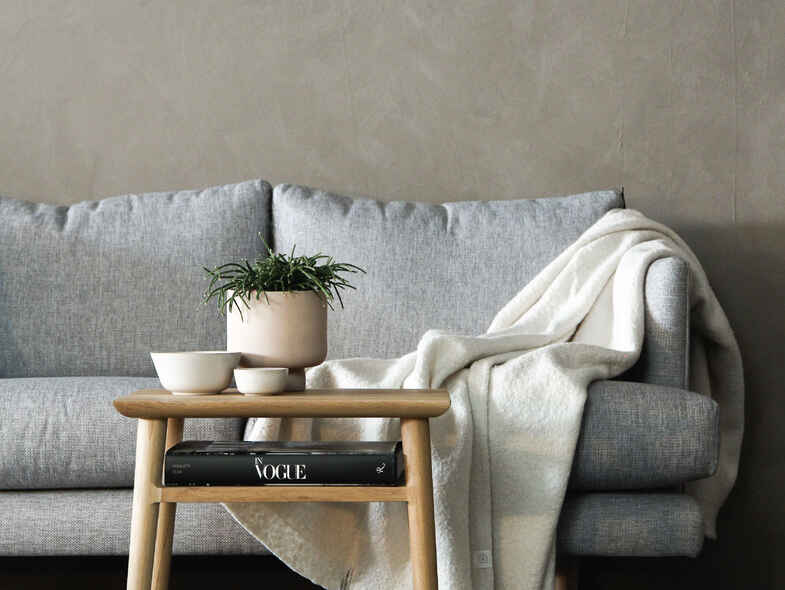Winter is well and truly here, but as the cool weather settles in for the next few months, it doesn’t mean you have to resort to using the heater – at least not all of the time. When it comes to staying warm this season, there are many simple, affordable ways to keep the whole family comfortable, cosy and warm, even on the frostiest of nights.
By the fireplace
What could be better than sitting by a warm, crackling fire on a cold winter’s night? A fireplace is an effective heat source for any home, while also adding ambience, character and creating an inviting and relaxing atmosphere. From gas, wood or electric, there are a myriad of fireplace options to complement your home and keep you warm during day and night, without having to touch the thermostat.

Soft furnishings
Turn up the heat on a chilly winter’s night with warm, wooly blankets and thick throws in your living room and bedroom. Even the heated kind, such as electric blankets and heated throws, will keep you warm for a fraction of the price of standard heating, costing less than five cents an hour to run, says Actsmart. Likewise, lounge cushions and pillows with soft materials can increase warmth, too, so opt for thick, heat-trapping fabrics such as wool and velvet. A benefit of introducing stylish soft furnishings is that they will elevate your interior decor and keep you warm at the same time.
Furniture fabrics
The type of fabric on your furniture can make a big difference to how warm you are. On a cold winter’s night, a cold leather lounge is less likely to keep you as warm as synthetic materials such as velvet, wool, chenille or jacquard, which all have great insulating properties. Recently, velvet has seen a resurgence and become a very popular fabric choice, especially in the living room, so why not consider a snuggly velvet armchair, or a cosy yet sophisticated velvet sofa.

Floors and rugs
Heat loss can occur through any floor, whether you have tiles, floorboards or carpet, with poorly insulated floors reportedly causing up to 15% of heat loss in your home, says Actsmart. Check all skirting boards, as well as between tiles and floorboards and use gap filler, tube sealant or grout to eliminate air flow. Tiled and wooden floors can benefit from thick rugs to trap heat and cover cold flooring. For carpeted areas, consider a carpet with an insulated thermal underlay or a thick, stylish rug.
Soak up the sun
Canberra is synonymous for warm, sunny winter days so take advantage of this free and natural heat source when the opportunity arises. Open all of your curtains and blinds, especially north-facing windows, and let the sunshine stream in and warm up your home. Be sure to open up internal doors so the heat circulates from room to room. According to Actsmart, for every two square metres of window exposed to direct sunlight, the heat coming in is equivalent to having a one-bar radiant heater running. As the sun goes down, close the doors and draw the curtains and blinds to seal in the warmth for the night. Closed curtains at night can cut your heating bill by up to 10%.
Windows
According to Actsmart, poorly insulated windows can cause up to 15% heat loss in your home.
Look closely at all of the windows and reseal any visible gaps and cracks. For window furnishings, ensure you have thick, lined curtains, shutters, or energy-efficient blinds, such as honeycomb or roman. Check that curtains touch the floor and wrap to the wall on either side of your window. Likewise, pelmets at the top of your curtain rods can help prevent air movement around the window. If your budget allows, consider new windows or double glaze your existing glass, which can reduce heat loss by up to 60%. Remember, good insulation will pay off in the future by keeping your home cool during the summer, too.
Be savvy
Staying warm can be easy if you are savvy. If you get cold, opt for a hot water bottle or add a few more layers of clothing. You’ll be surprised at how effective a pair of fluffy bed socks, a thick jumper or a dressing gown can be to help increase your body temperature. They will certainly use much less energy than trying to heat your whole room or home.
Get cooking
Take advantage of the warmth you can generate in your kitchen by cooking more and warming up the air in your home. Your oven and stove top generate an abundance of heat, so forget takeaway tonight and cook some lovely, home-cooked meals while warming up your home at the same time.
Doors
According to Actsmart, gaps and cracks around doors can cause up to 15% of heat loss in your home. Check under and around door frames and feel for any cool air coming through. Install weather strips, door snakes or draught stoppers to the bottoms of doors, and use gap filler for spaces in architraves. Alternatively, if your budget allows, consider installing new doors with built-in sealed frames. Remember, closing doors is the easiest and most powerful way to keep your home warm by stopping air from escaping into other rooms, thereby conserving heat and reducing heat loss.





